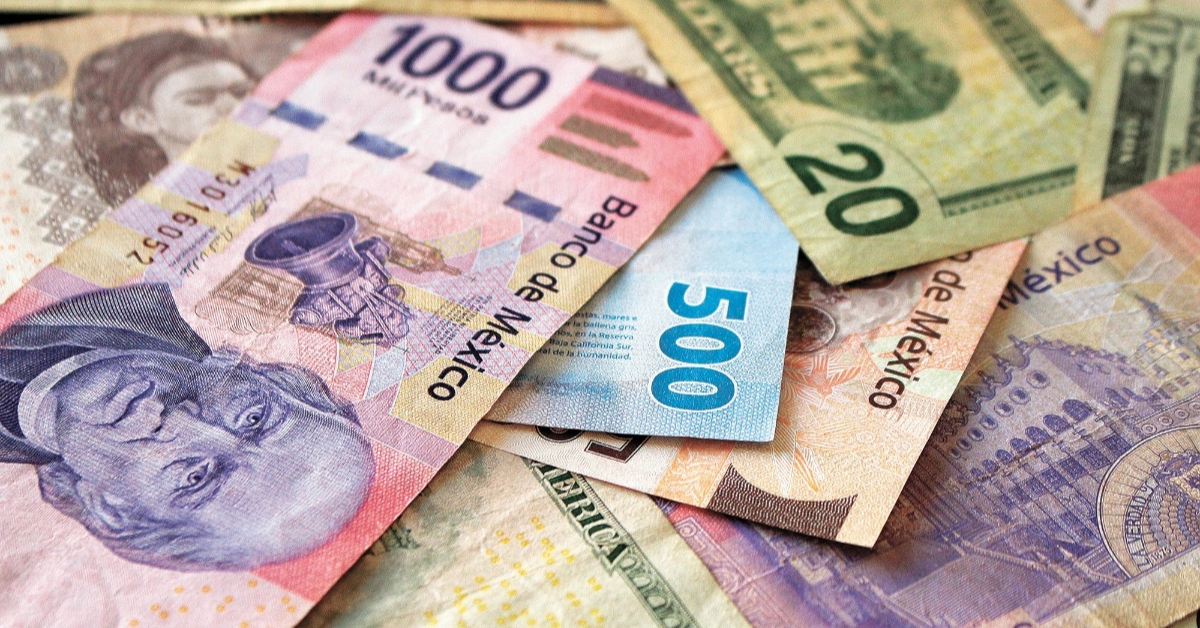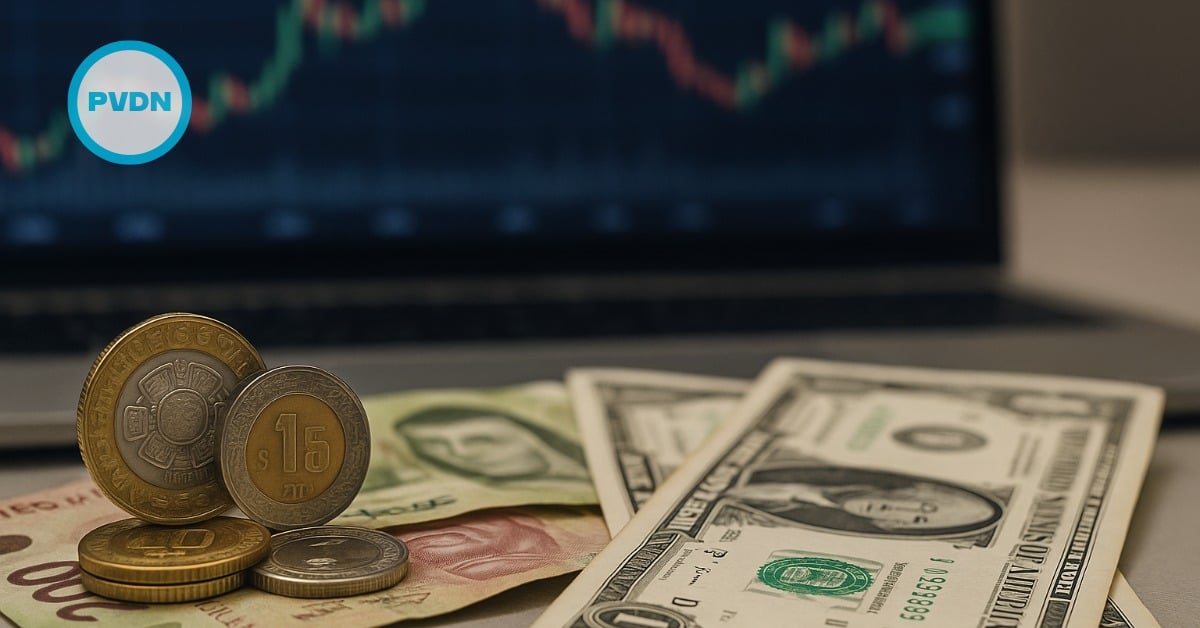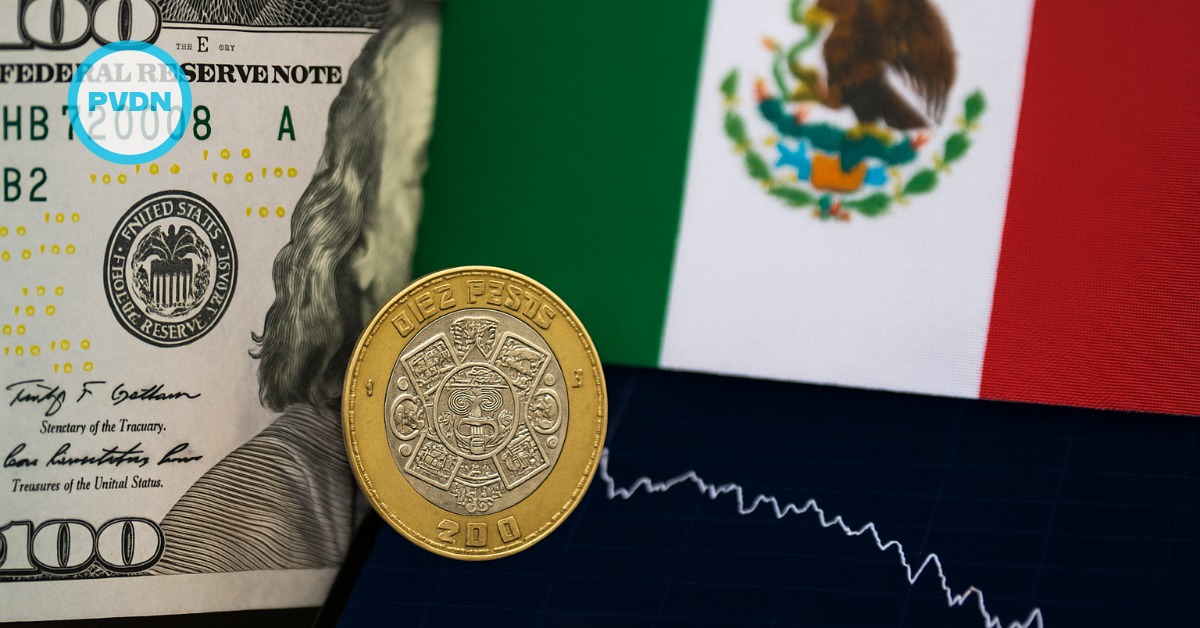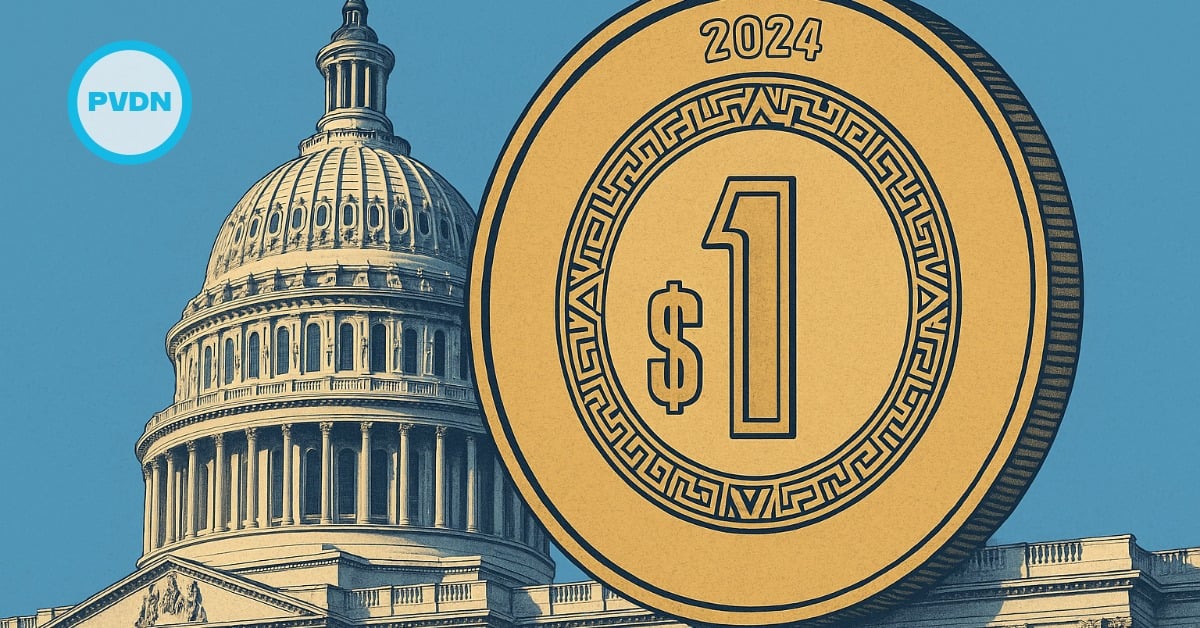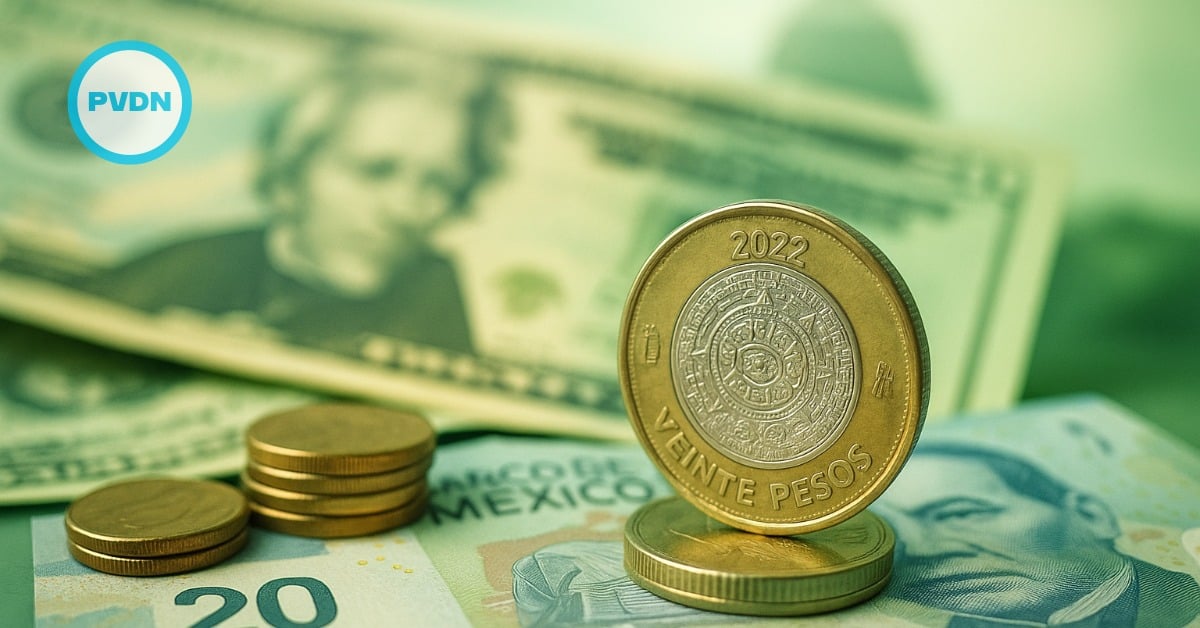Puerto Vallarta, Mexico - The Mexican peso has declined sharply against the U.S. dollar, marking its second consecutive day of losses amid a global strengthening of the greenback and adjustments in Federal Reserve interest rate expectations. At the time of reporting, the exchange rate has hit 19.6054 pesos per dollar, a significant drop from Monday's close of 19.3953, according to official figures from the Bank of Mexico (Banxico). This decline translates to a 1.08 percent drop in value, a setback for the Mexican currency as it joins the ranks of 70% of emerging currencies losing ground to the dollar this week.
